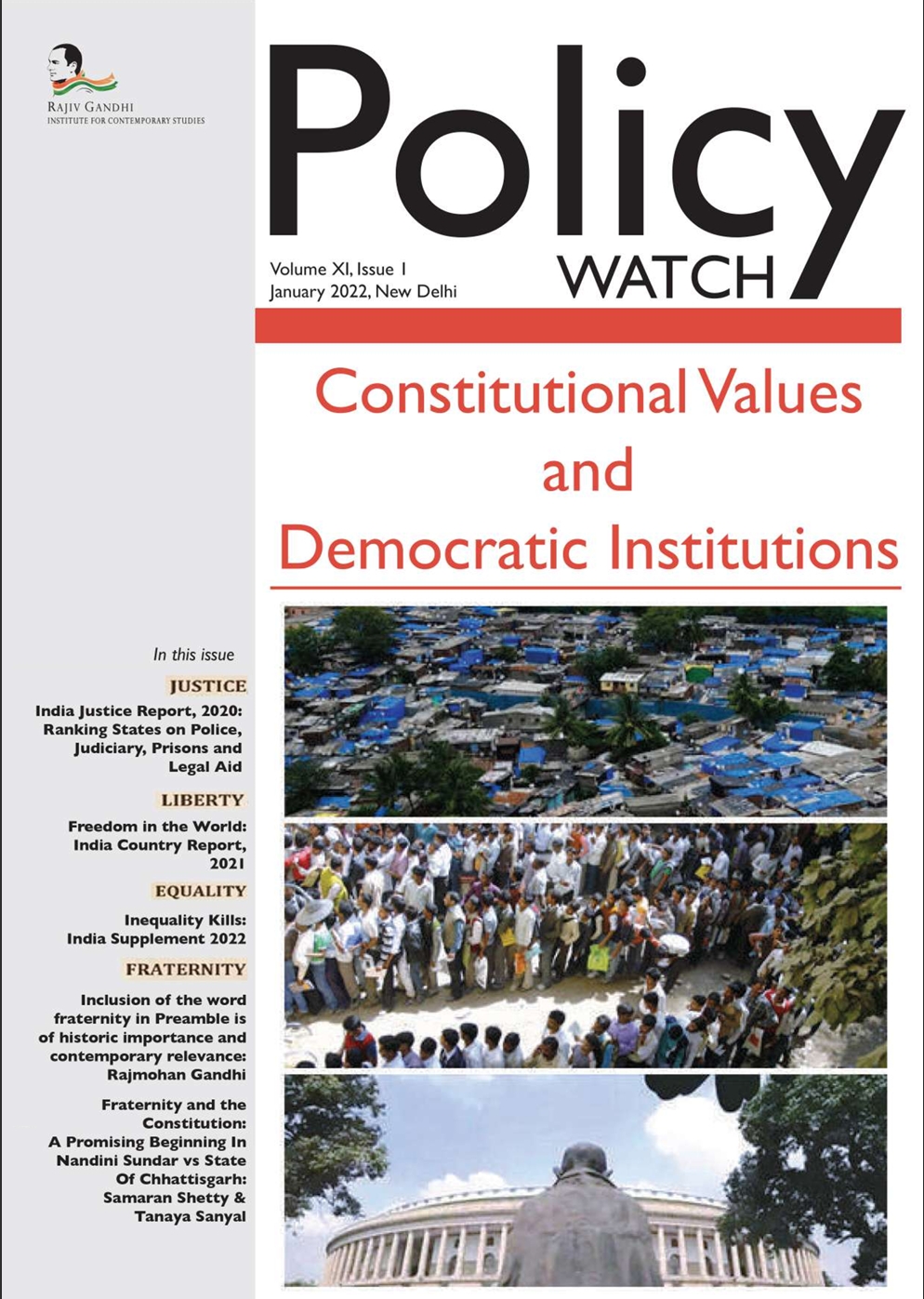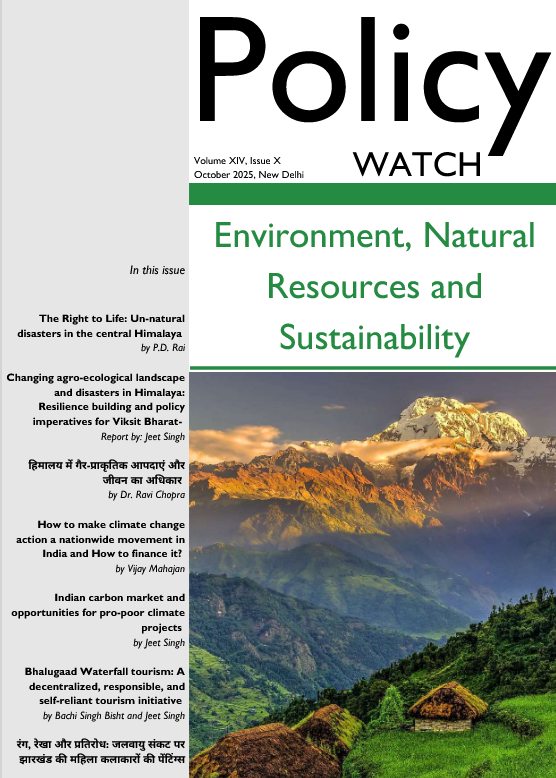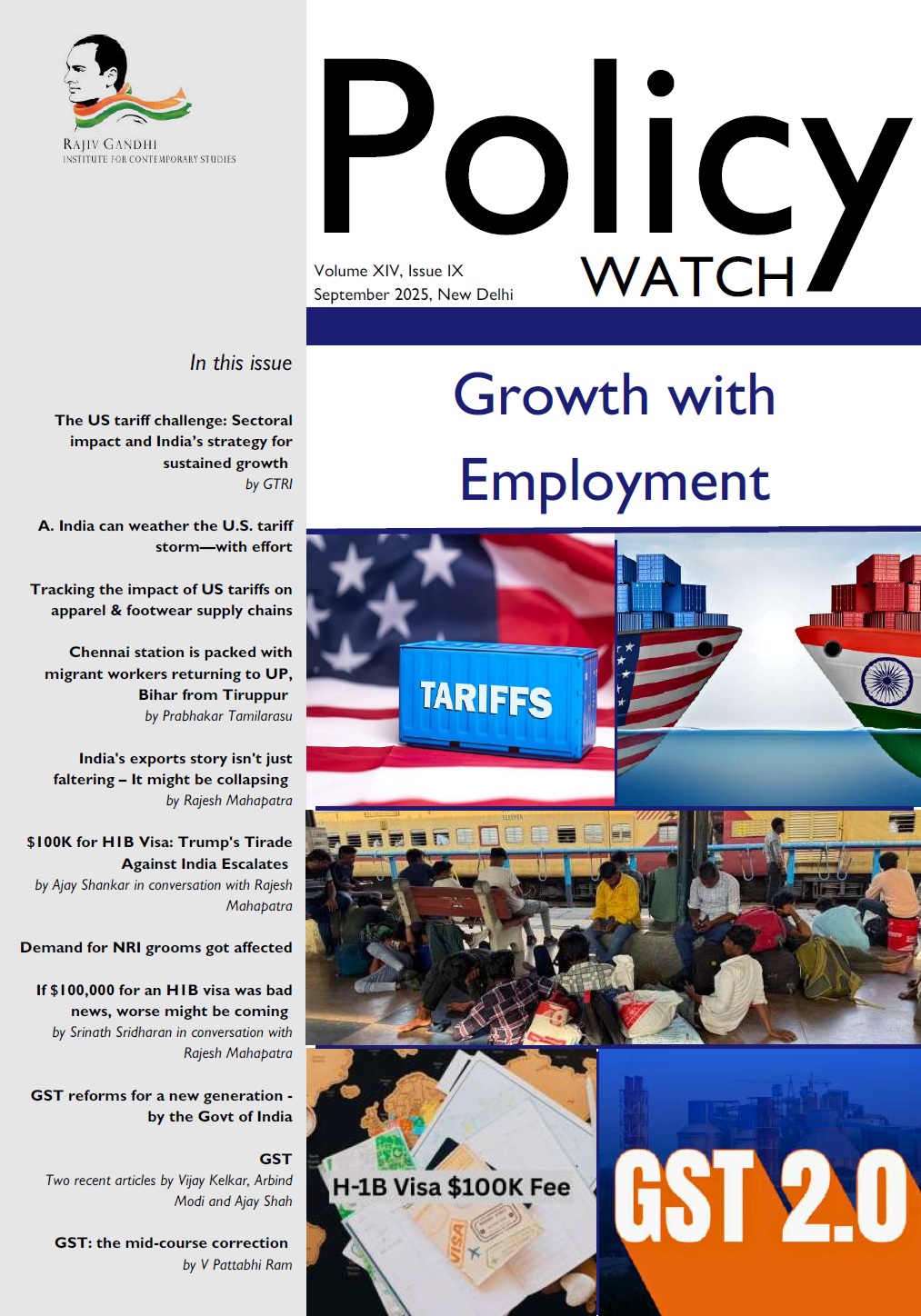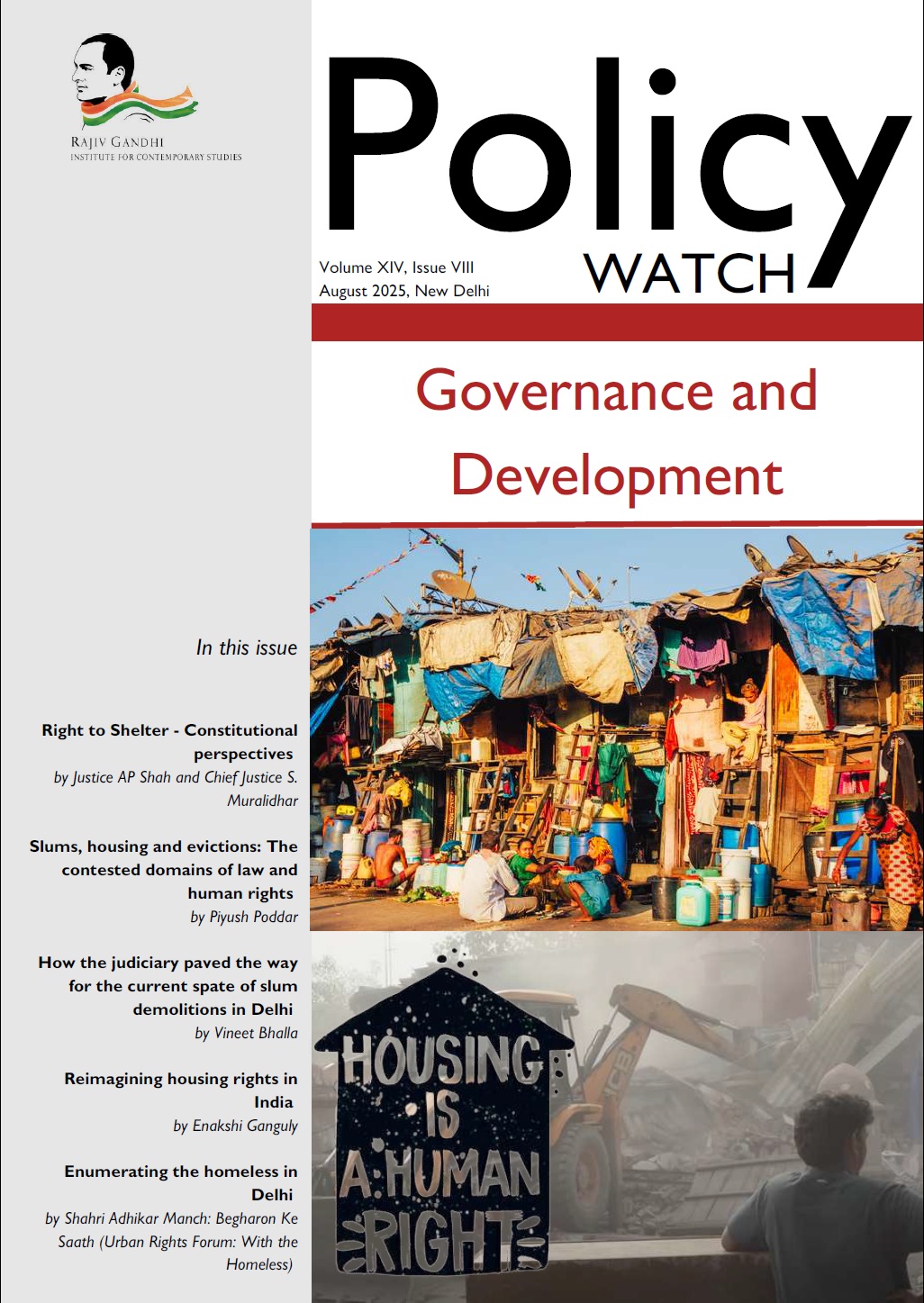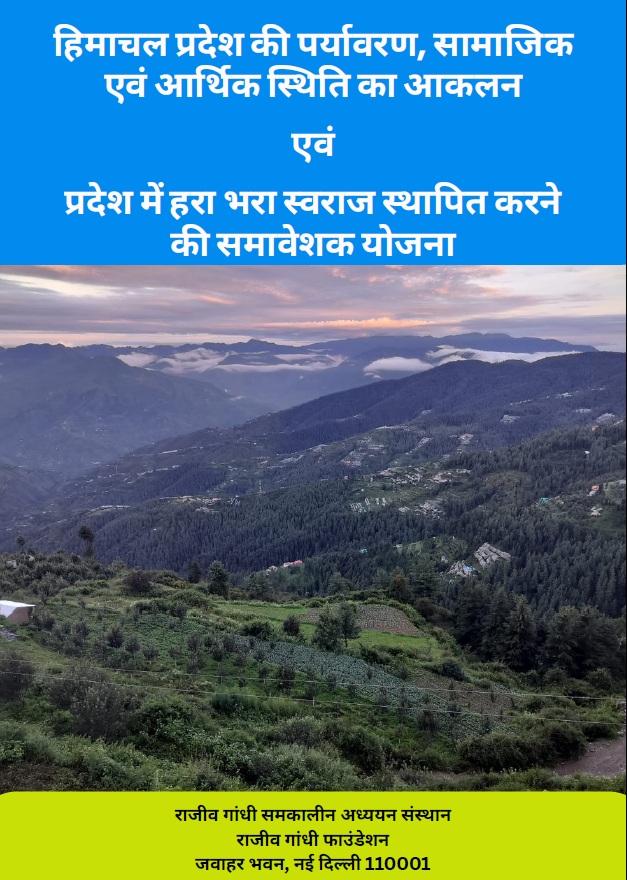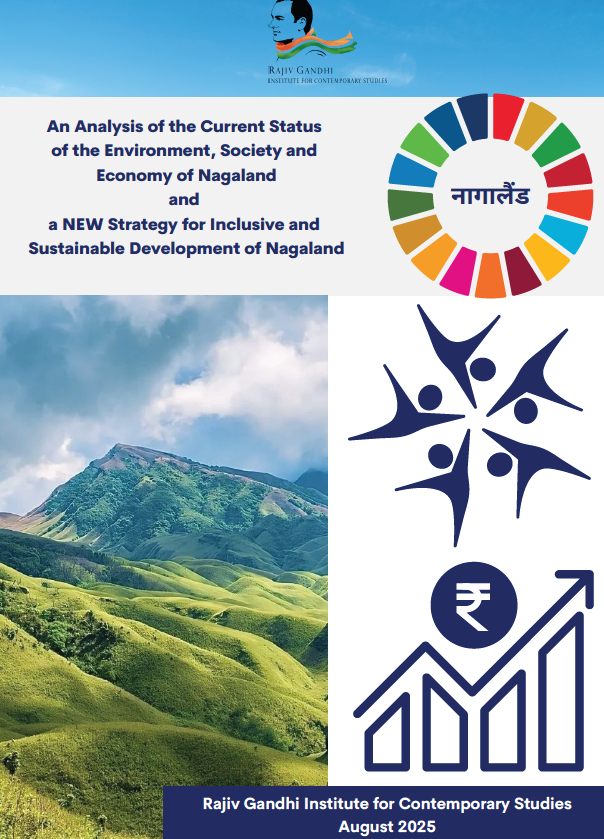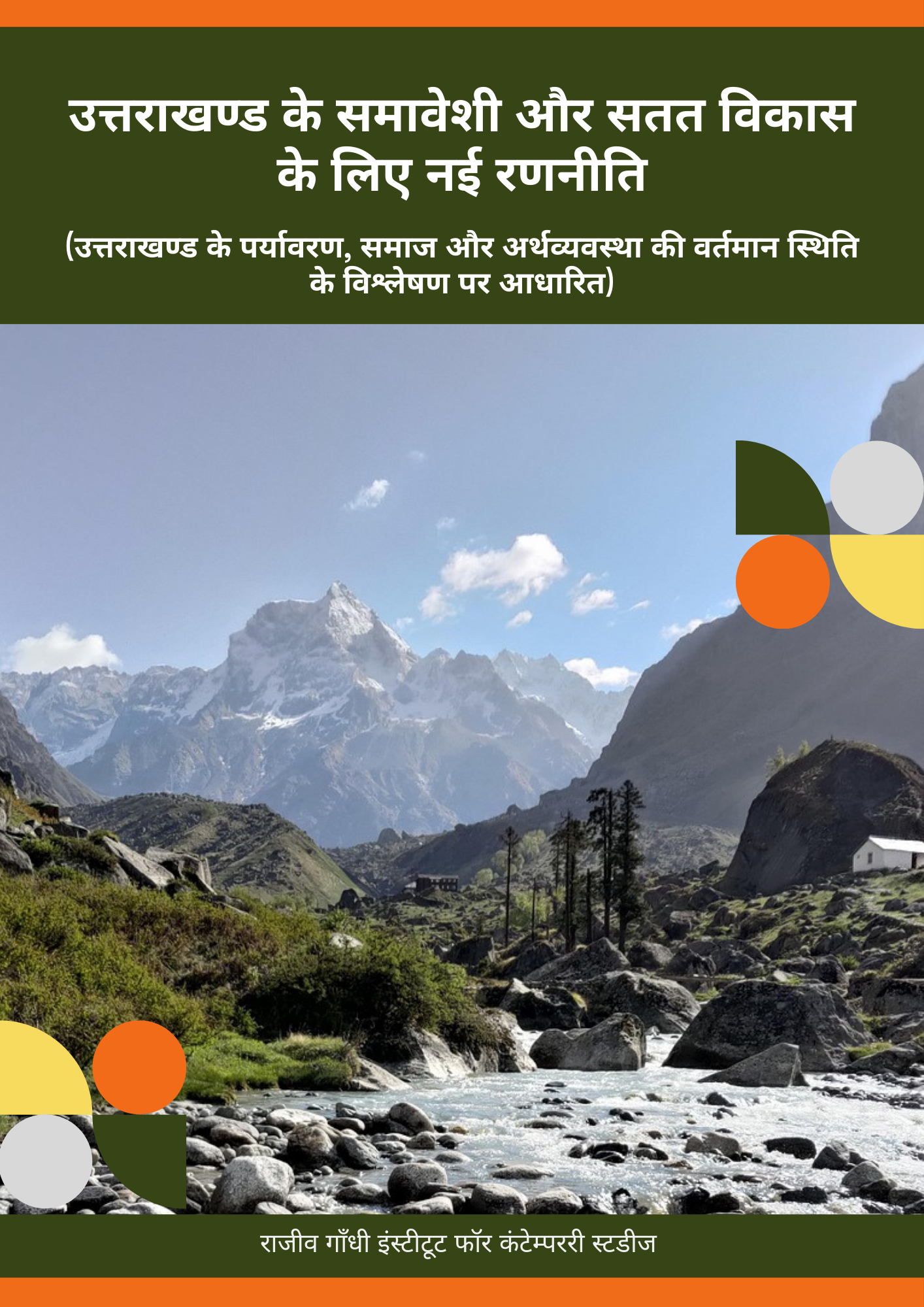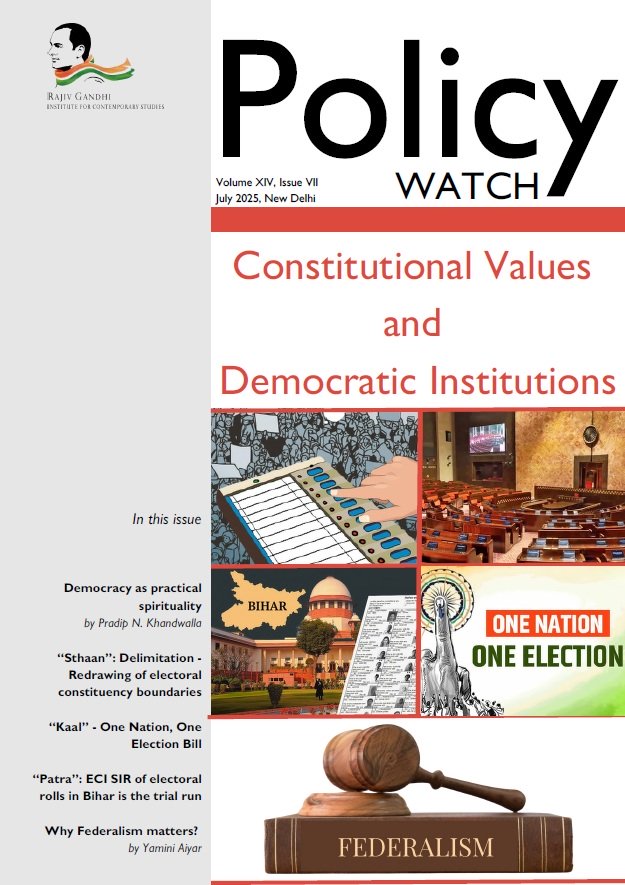In this issue we publish five articles, one each on the state of Justice, Liberty and Equality and two on Fraternity in India. All the articles are taken from authoritative reports/articles by various organisations/writers and they are gratefully acknowledged.
The first article is based on the India Justice Report, 2020, which was published by a consortium of organisations whom the Tata Trusts brought together — Centre for Social Justice, Common Cause, Commonwealth Human Rights Initiative, DAKSH, Tata Institute of Social Sciences – Prayas and Vidhi Centre for Legal Policy. Only a few charts from this detailed report are reproduced, to give the reader an idea of the status of the four pillars of justice – judiciary, police, legal aid and prisons, with inter-state comparisons.
The second article is based on the report for India by Freedom House, a non-profit, majority U.S. government funded organisation in Washington, D.C., that conducts research and advocacy on democracy, political freedom, and human rights. Freedom House was founded in October 1941, and Wendell Willkie and Eleanor Roosevelt served as its first honorary chairpersons. Interestingly, India moved down from being rated as “Free” in 2019 to “Partially Free” in 2020. The reasons are explained in the report.
The next article is on Equality and it is based on Inequality Kills: India Supplement 2022, which came out only on 16th Jan 2022. It reveals that when 84 percent of households in the country suffered a decline in their income in a year marked by tremendous loss of life and livelihoods, the number of Indian billionaires grew from 102 to 142. It also states that just a one percent wealth tax on 98 richest billionaire families in India can finance Ayushman Bharat. During the pandemic (since March 2020, through to November 30th, 2021) the wealth of billionaires increased from INR 23.14 lakh crore to INR 53.16 lakh crore. More than 4.6 crore Indians meanwhile are estimated to have fallen into extreme poverty in 2020. The briefing advocates a one percent surcharge on the richest 10 percent of the Indian population to fund inequality combating measures such as higher investments in school education, universal healthcare, and social security benefits like maternity leaves, paid leaves and pension for all Indians.
The fourth article deals with Fraternity and it begins with a 2021 piece by Rajmohan Gandhi, who states that inclusion of the word fraternity in the Preamble is of historic importance and contemporary relevance. Given the prevailing environment where differences among citizens on the basis of their religion, caste, language, region, gender and other attributes are being exaggerated to the point of mutual intolerance and in some cases, even hatred, the inclusion of Fraternity as founding principle of the Constitution is indeed worth remembering.
The fifth article is a piece by two young students at the National University of Juridical Sciences, Kolkata. Given that the nation’s median age is 30, and the young will have to inherit and run the nation, such as it is, we felt we should include this article by two young law students of a top national law university. Written in 2011 soon after the Nandini Sundar judgment by the Supreme Court, the article makes the point that the Supreme Court in Nandini Sundar employed the idea of fraternity in three distinct fashions: as a buffer to unchecked state power; as a mechanism to promote more inclusive economic policy in consonance with directive principles of state policy and finally to reinforce the Centre’s responsibility of upholding human rights in a federal structure. In using fraternity in such a manner, the Court has elevated the idea of fraternity to a constitutional principle and located it within the idea of constitutionalism and not merely a noble declaration.
Policy Watch: Constitutional Values and Democratic Institutions – January 2022
Send download link to:

